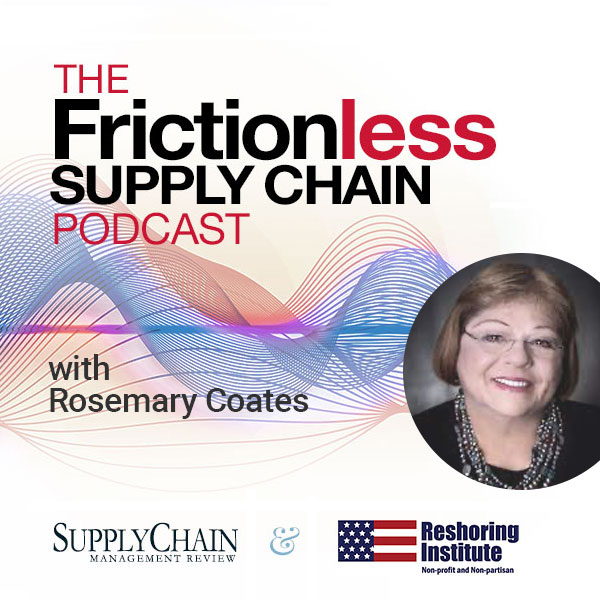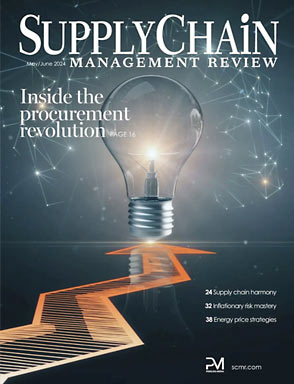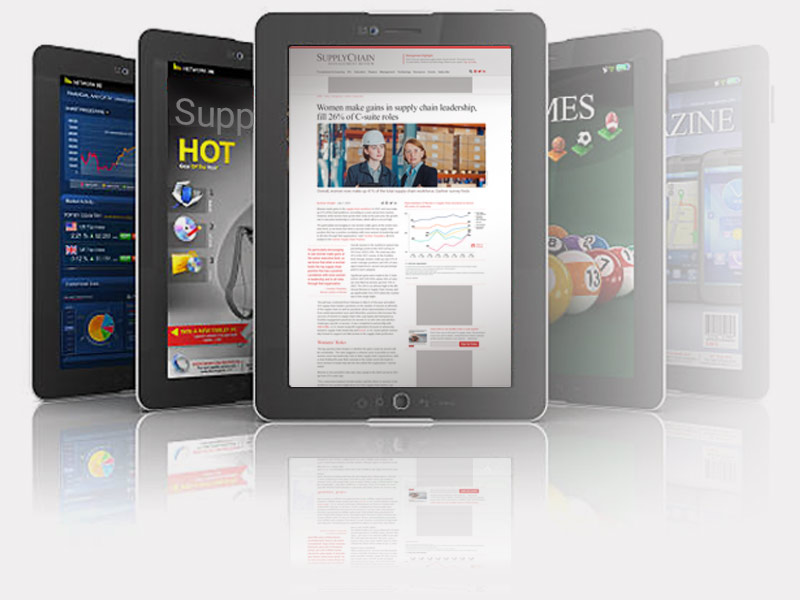This is the first of two articles looking at sustainability in the supply chain. The second looks at the progress being made by Fresh Del Monte in a vertically-integrated agricultural supply chain.
Way back in 2006, I wrote for Diversity Inc. magazine, a publication that covered the then emerging fields of Diversity, Equity & Inclusion, supplier diversity and sustainability, all rolled up under the corporate responsibility umbrella.
One of my early interviews was with Esther Silver-Parker, who was then the senior vice president of diversity relations at Walmart, and is now the CEO of the SilverParker Group, a consultancy specializing in corporate diversity.
During the interview, Silver-Parker highlighted Walmart projects in diversity that went back as far as 2005:
“We are seeing improvements in all areas of the company, But we must always challenge ourselves to stay out in front.”
Two years later, a second interview focused on sustainability projects that Walmart had launched as far back as February 2006, and included initatives like selling 100 million compact flourescent bulbs by January 2008 (it hit the goal three months early) and working with suppliers of its consumer electronics products, such as flat screen TVs, to be 25% more efficient by 2011.
I took this little stroll via the WayBack Machine to buttress a point made to me recently by Zach Freeze, Walmart’s senior director of sustainability. Near the end of our interview, I asked Freeze if, given Walmart’s size and visibility, something that makes it a target for activist groups on all sides of any issue, there was any pushback to recent sustainability announcements. Freeze’s response was simply to point out that Walmart has been launching energy efficiency programs, including programs with its suppliers, for years. “Given the role Walmart plays, one of the biggest opportunity challenges of our time is doing good for our business, but also empowering others,” Freeze said. “We ask how can we make improvements that can scale and make an impact that a company this size of Walmart can make.”
The predicate for my conversation with Freeze was a recent update from Walmart and Schneider Electric on their joint Gigaton Power Purchase Agreement (PPA). The project’s nickname is Walmart’s Renewable Energy Accelerator, as in, it can accelerate the adoption of renewable energy across the Walmart global value chain. The PPA is the next phase in Project Gigaton, which was announced by Walmart and Schneider in 2020 “to reduce or avoid 1 gigaton of greenhouse emissions from the global value chain by 2030.” One gigaton is the equivalent of 1 billion metric tons of greenhouse gas emissions.
The PPA is designed to increase access to the renewable energy market by Walmart suppliers that historically have been limited in their procurement opportunities, perhaps by their size – they were too small to purchase renewable energy at market rates – or internal expertise. In the last two years, the program has provided educational resources on renewable energy procurement to some 250 Walmart suppliers.
This announcement, however, goes beyond education and right down to the wall socket. Five suppliers, Amy’s Kitchen, Great Lakes Cheese, Levi Strauss & Co., The J.M. Smucker Co. and Valvoline Inc., have “collaborated to execute an aggregated purchase of renewable energy from Orsted’s Sunflower Wind Farm in Marion County, Kansas.” The PPA is expected to generate approximately 250,000 megawatt-hours of new renewable power annually over the 12-year term of the agreement. That’s a lot of energy, which Walmart and Schneider estimate is the equivalent of 458,000 gasoline-powered passenger cars driven for 1 year.
I asked Freeze, who has been with Walmart for 15 years and worked in sustainability for a decade, how the PPA fits in the company’s overall sustainability goals. First, there’s the strategic side of it. “We’ve been on a sustainability journey since 2005,” he said. “We’ve tried to find new ways to encourage, and push, our suppliers along the way.”
Then, there’s the accountability that goes along with publicly-stated goals. As if reducing greenhouse gases by a gigaton by 2030 wasn’t ambitious enough, Freeze is leading the broader strategic initiative to accomplish three goals: To meet 100% of its own energy requirements from renewables; and to achieve zero waste to the landfill. He added that in 2017, Walmart became the first retailer to participate in the Science Based Targets initiative to reduce greenhouse gases not just in out operations but our broader supply chain.”
Walmart can’t achieve its goals if it doesn’t bring its suppliers along. “At the time we set our goals, we estimated that 95% of our emissions were outside of our four walls,” Freeze said. “We had to work in our operations, but we realized we also had to bring our suppliers along because energy is such a big part of our Scope 3 footprint. We also realized that not every supplier has the opportunity to buy renewable energy. They might not have the internal resources or simply be too small.”
That led to the agreement with Schneider Electric in 2020. Freeze says the first phase was to see how many suppliers were interested, and then to direct them to Schneider to learn about resources. Over the last two years, the field of candidates to get the program rolling was narrowed to five.
Five suppliers might seem like a drop in the bucket for a retailer with thousands of suppliers, but Freeze argues that “the muscle we have created with this first PPA can be replicated for other suppliers.” And, while they may not be participating in the PPA, Freeze said that over 4,500 suppliers have joined Project Gigaton and that about 2,500 are reporting their emission activities. “If we can incentivize those 2,500 companies to do more, think of the ripple effect.”
He added: “We don’t want this to be a one and done. I think there are more opportunities, so stay tuned.”
SC
MR


Latest Supply Chain News
- Joseph Esteves named CEO of SGS Maine Pointe
- Employees, employers hold divergent views on upskilling the workforce
- April manufacturing output slides after growing in March
- Q1 sees a solid finish with positive U.S.-bound import growth, notes S&P Global Market Intelligence
- World Trade Centers offers a helping hand to create resilient, interconnected supply chains
- More News
Latest Podcast

 Explore
Explore
Latest Supply Chain News
- Joseph Esteves named CEO of SGS Maine Pointe
- Employees, employers hold divergent views on upskilling the workforce
- April manufacturing output slides after growing in March
- Q1 sees a solid finish with positive U.S.-bound import growth, notes S&P Global Market Intelligence
- World Trade Centers offers a helping hand to create resilient, interconnected supply chains
- 6 Questions With … Sandeep Bhide
- More latest news
Latest Resources

Subscribe

Supply Chain Management Review delivers the best industry content.

Editors’ Picks




